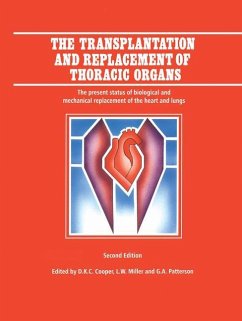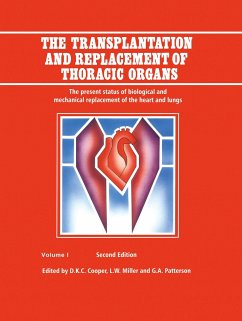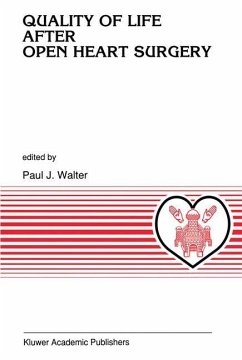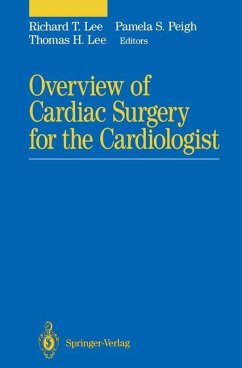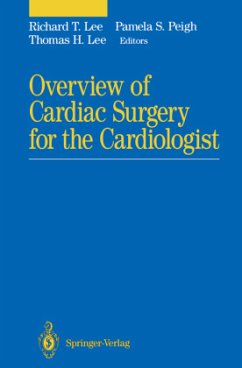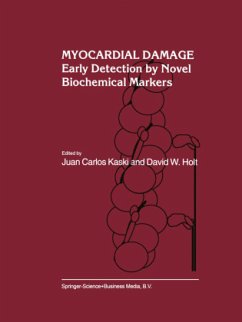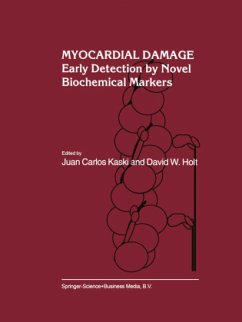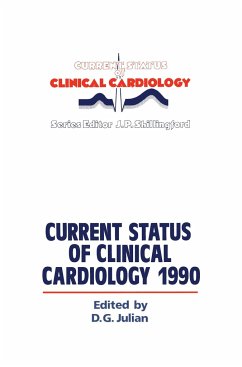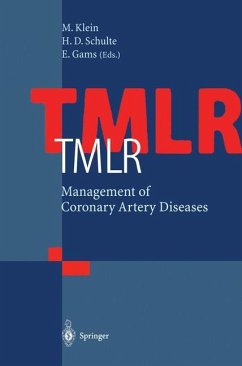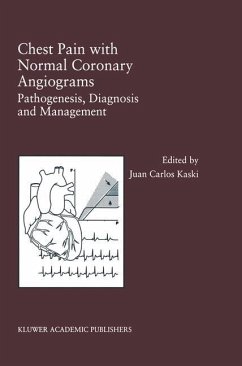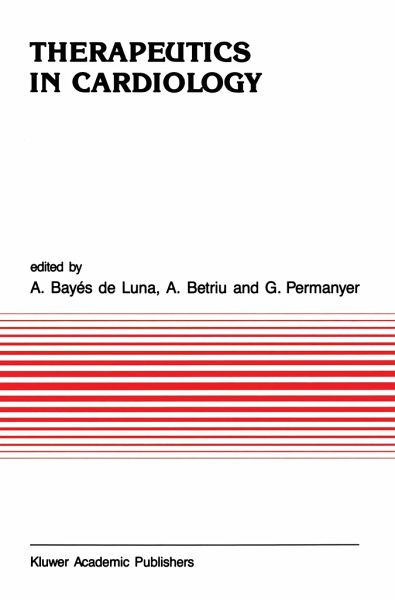
Therapeutics in Cardiology

PAYBACK Punkte
20 °P sammeln!
Therapy in cardiology has advanced enormously in recent years. This has resulted in the organization of many meetings and the publication of numerous books dedicated to examining the latest aspects of, for instance, pharmacolog ic, electrical and surgical treatment. However, only a few of these meetings and publications have attempted to present an overall review of all advances that have taken place in the field of therapy. In the last years the Spanish Society of Cardiology has shown a great interest in the continuous medical education in cardiology. The Society has organized various meeting...
Therapy in cardiology has advanced enormously in recent years. This has resulted in the organization of many meetings and the publication of numerous books dedicated to examining the latest aspects of, for instance, pharmacolog ic, electrical and surgical treatment. However, only a few of these meetings and publications have attempted to present an overall review of all advances that have taken place in the field of therapy. In the last years the Spanish Society of Cardiology has shown a great interest in the continuous medical education in cardiology. The Society has organized various meetings and has published several books on the above-mentioned topics. Consequently, the Society has decided to publish this book, an update of the therapeutics in cardiology, of which a Spanish version is also available. World renowned experts and outstanding Spanish cardiologists were invited to review all aspects of therapy in cardiology. We would like to thank the Spanish Society of Cardiologyand the Catalan Cardiac Society for the generous assistance they have given us during all stages of book preparation. We also would like to express our appreciation to all the authors for their valuable contributions. Their combined efforts enable us to put this volume in the hands of the reader.





